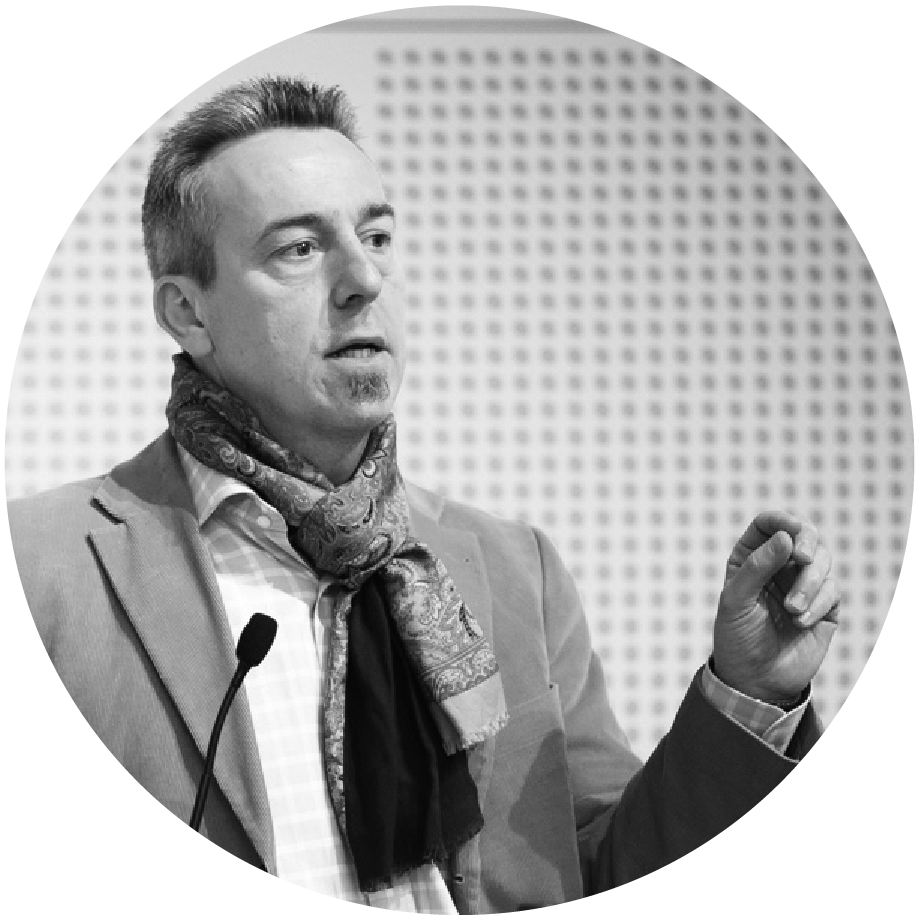Event Introduction
Cognoscenti Tissue Engineering & Regenerative Medicine
About the speaker
Professor’s Hutmacher scholarly track record illustrate successful mastery of a major challenge in an interdisciplinary field: the ability to transcend traditional disciplinary boundaries, to initiate and nurture excellent research and educational programs across different disciplines. This was achieved through an interdisciplinary research program via convergence of science & engineering (bioengineering, biomaterials science, computational modelling, chemistry and nanotechnology), the life science disciplines (molecular & cell biology, stem cell research,genomics, proteomics, bioinformatics), and clinical research (orthopedics, plastic and reconstructive surgery, radiology). He is one of the few academics who successfully translated tissue engineering research programs from fundamental research to routine clinical application.
Abstract
Despite the success of a handful of companies and the overabundance of research the tissue engineering & regenerative medicine (TE&RM) community has still not delivered the more then 3 decades ago promised health care and commercial break through’s. Yet, translation of research results into clinical application is still the rallying cry of the modern TE&RM establishment. Translating observations from fundamental experimental research protocols (e.g., in vitro, ex vivo, in vivo, or in silico,etc.) to address into not even clinical routines but first in human studies has diverse challenges. Using previous publications uncritically to justify further research, regardless of their veracity, relevance, robustness or quality, is often the most rapid route to write and fund grant proposals and to obtaining publishable data, even though these data may have no translational and often even scientific relevance. The research data manufacturing machinery is authorised but real world applicability and impact are often compromised. Low translational success rates continue to plague most aspects of TE&RM research as the development of bedside to bench and back again approach possess challenges that most academics but also TE&RM companies are not typically trained to overcome. Based on the above arguments this talk will critically review two key research areas in TE&RM, namely bioprinting and scaffold guided tissue engineering.
The Leads
Speakers and Invites

Dietmar Hutmacher
Queensland University of Technology

